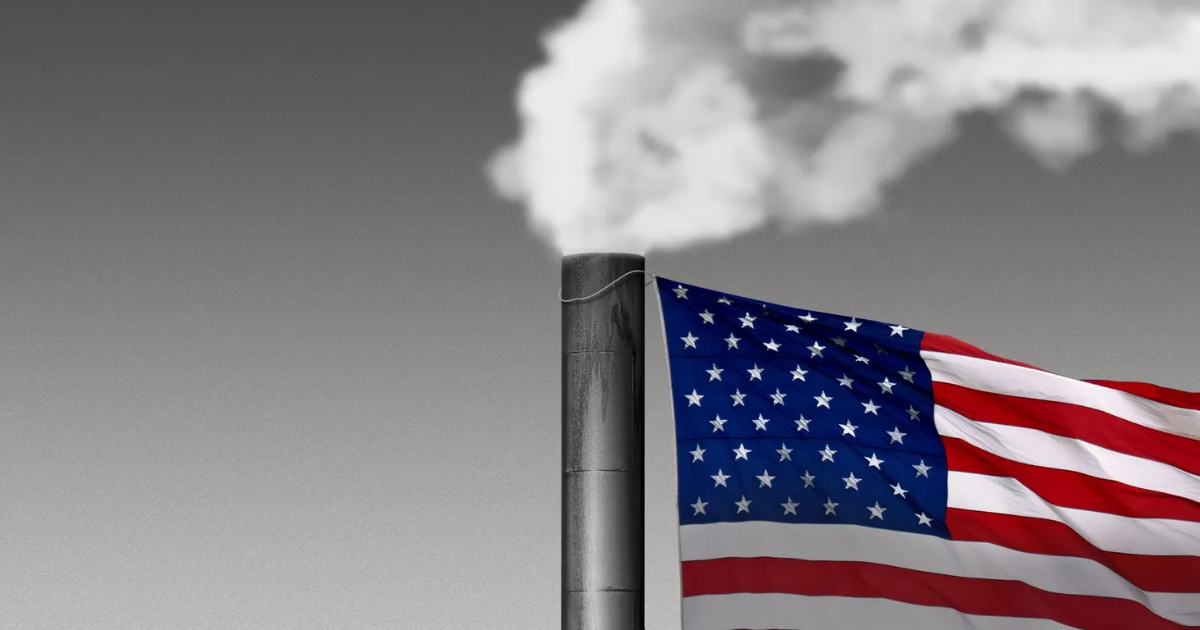
- facebook (opens in new window)
- twitter (opens in new window)
- linkedin (opens in new window)
- nextdoor (opens in new window)
- email (opens in new window)
 Illustration: Sarah Grillo/Axios
Illustration: Sarah Grillo/Axios
*:last-child]:mb-0 [&_h2]:mt-8 [&_h2]:mb-4 [&_h2]:h-editorial-030 [&_p]:break-words [&_p]:my-4 [&_p]:text-p sm:[&_p]:my-6 [&_ul]:my-4 [&_ul]:text-p sm:[&_ul]:my-6 [&_ol]:my-4 [&_ol]:text-p sm:[&_ol]:my-6 [&_p:last-of-type]:pb-0 [&_p:last-of-type]:mb-0 [&_a]:underline [&_a]:text-accent-blue-shade [&_a:active]:no-underline [&_a:hover]:no-underline [&_a:visited]:text-accent-blue-shade [&_figure]:my-6 sm:[&_figure]:my-10 [&_figure_figcaption]:mt-2 [&_figure_figcaption]:font-sans [&_figure_figcaption]:leading-6 [&_figure_figcaption]:text-caption sm:[&_figure_figcaption]:mt-3 [&_figure_figcaption],[&_figure_figcaption_a],[&_figure_figcaption_a:visited]:[&_figure_figcaption]:text-soft-black-shade [&_figure_figcaption_a],[&_figure_figcaption_a:visited]:font-sans [&_figure_figcaption_a]:underline [&_figure>img]:w-full [&_blockquote:not(.instagram-media)]:pb-2 [&_blockquote:not(.instagram-media)]:pl-8 [&_blockquote:not(.instagram-media)]:mt-6 [&_blockquote:not(.instagram-media)]:mb-0 [&_blockquote:not(.instagram-media)]:italic [&_blockquote:not(.instagram-media)]:border-l [&_blockquote:not(.instagram-media)]:border-solid [&_blockquote:not(.instagram-media)]:border-accent-blue-tint sm:[&_blockquote:not(.instagram-media)]:mt-10 sm:[&_blockquote:not(.instagram-media)]:pb-6 [&_blockquote:not(.instagram-media)]:text-p [&_blockquote:not(.instagram-media)]:margin-inline-start-0 [&_blockquote:not(.instagram-media)]:margin-inline-end-0 [&_blockquote+*]:mt-6 sm:[&_blockquote+*]:mt-10 [&_blockquote+cite]:inline-block [&_blockquote+cite]:pt-0 [&_blockquote+cite]:mt-0 [&_blockquote+cite]:text-p [&_blockquote+cite::before]:text-base sm:[&_blockquote+cite::before]:text-caption [&_blockquote+cite::before]:content-[“”] [&_blockquote+blockquote]:pt-8 sm:[&_blockquote+blockquote]:pt-6 [&_blockquote+blockquote]:-mt-8 sm:[&_blockquote+blockquote]:-mt-12 [&_cite]:pl-8 [&_cite]:border-l [&_cite]:border-solid [&_cite]:text-soft-black-shade [&_cite]:border-accent-blue-tint [&_cite]:text-p [&_cite+*]:mt-6 sm:[&_cite+*]:mt-10 [&_strong]:font-bold [&_u]:no-underline [&_ol]:pl-0 [&_ol]:list-decimal [&_ol]:list-inside [&_ul]:list-image-bullet-filled [&_ul]:pt-0 [&_ul]:pr-0 [&_ul]:pb-0 [&_ul]:pl-4.5 [&_ul_li]:pl-2 [&_ul_li:not(:last-of-type)]:mb-3 [&_ul_ul]:list-image-bullet-outlined [&_ul_li]:mt-4 sm:[&_ul_li]:mt-6 [&_ol_li]:mt-4 sm:[&_ol_li]:mt-6 [&_.iframe-responsive-wrapper]:pb-[56.25%] [&_.iframe-responsive-wrapper]:relative [&_.iframe-responsive-wrapper]:overflow-hidden [&_.iframe-responsive-wrapper_iframe]:h-full [&_.iframe-responsive-wrapper_iframe]:left-0 [&_.iframe-responsive-wrapper_iframe]:absolute [&_.iframe-responsive-wrapper_iframe]:top-0 [&_.iframe-responsive-wrapper_iframe]:w-full [&_.iframe-responsive-wrapper:has(>iframe[src*=”documentcloud.org”])]:pb-[max(56.25%,500px)] [&_iframe[src*=”documentcloud.org”]]:border [&_iframe[src*=”documentcloud.org”]]:border-[#aaa] [&_iframe[id*=”datawrapper-chart”]]:border-none [&_iframe[id*=”datawrapper-chart”]]:min-w-full [&_iframe[id*=”datawrapper-chart”]]:w-0 xl:[&_iframe[id*=”datawrapper-chart”]]:min-h-[465px] [&_img[src$=”giphy.gif”]]:mx-auto [&_.twitter-tweet]:mx-auto [&_.instagram-wrapper]:flex [&_.instagram-wrapper]:justify-center [&_.axios-visual-newsletter-fallback-image]:hidden sm:[&_.axios-visual-newsletter-fallback-image]:block sm:[&_.axios-visual-apple-fallback-image]:hidden [&_div.subhead-timestamp]:-mt-15 [&_div.subhead-timestamp]:pt-15 sm:[&_div.subhead-timestamp]:-mt-20 sm:[&_div.subhead-timestamp]:pt-20 [&_div.subhead-timestamp_*]:font-sans [&_div.subhead-timestamp_div]:flex [&_div.subhead-timestamp_div]:gap-1 [&_div.subhead-timestamp_a]:no-underline [&_div.subhead-timestamp_a]:text-soft-black-shade [&_div.subhead-timestamp_a_h2]:mt-0 &.story-is-live [&_div.subhead-timestamp_div_time]:text-red-core [&_figure>figcaption>span]:font-sans data-chromatic=ignore>
Nearly half of Americans live in areas that received failing grades for unhealthy levels of air pollution, per a new report.
Why it matters: The findings come as the White House reconsiders EPA rules and regulations meant to curb pollution and promote cleaner air.
Driving the news: Just over 156 million Americans — 46% of the population — live in areas with unhealthy levels of ozone or particle pollution, per the American Lung Association’s 2025 State of the Air report.
- That’s almost 25 million more compared to the previous report, and the highest number in the past decade of the report’s history.
- This latest report uses data from 2021-2023, “the most recent three years of quality-assured nationwide air pollution data publicly available.”
Between the lines: Extreme heat, wildfires and drought are degrading air quality nationwide, the Lung Association says. All have been linked to climate change.
How it works: The report uses local air quality data to grade and rank locations based on ozone pollution, daily particle pollution and annual particle pollution.
- Ozone is a gas that, at ground level, is a harmful irritant. Particle pollution involves tiny airborne particles from wildfires, fossil fuel burning and more.
Zoom in: The Asheville area was among the cleanest cities in the country for particle pollution, but that trend may not hold in future reports, as wildfires have burned thousands of acres in western North Carolina post-Hurricane Helene. And it’s expected to get worse, WRAL reported.
- Durham County is among the cleanest in the country for ozone pollution. Wake County was largely in the middle of the pack in North Carolina for air quality.
What they’re saying: “Years of successful cleanup of emissions from transportation, energy generation and industrial processes have contributed to falling ozone levels across much of the country,” this year’s State of the Air report notes.
- “One bad fire season has the potential to offset that progress, at least temporarily, creating new challenges for air pollution control efforts and putting the health of the communities affected at increased risk.”
The intrigue: Wilmington, which made last year’s short list for cleanest cities in all categories, was in the top 25 cleanest cities in the country for ozone and year-round particulate matter pollution.
- It had one day of high particle pollution between 2021-2023, however, so it did not make all three of this year’s lists.
Zoom out: Only one continental U.S. metro — Bangor, Maine — showed up on all three of the group’s lists of cleanest cities this year.
The other side: Mecklenburg and Davidson counties had the most high-particle pollution days in the state.
- Mecklenburg and Graham counties both received “D” ratings for ozone pollution.
